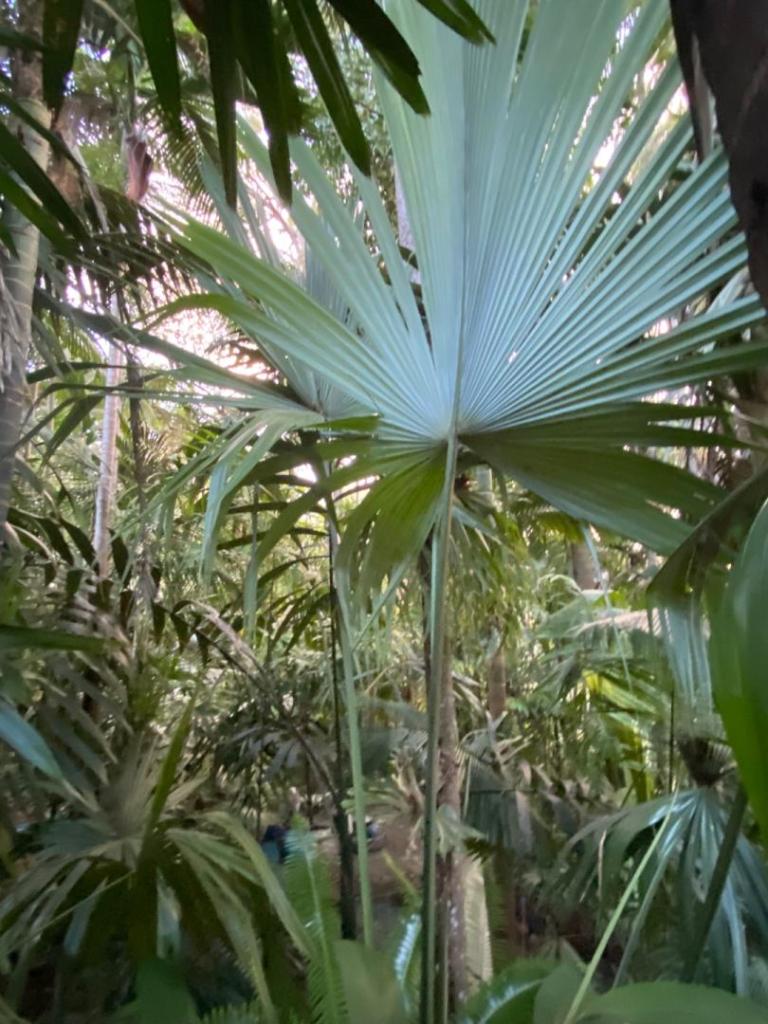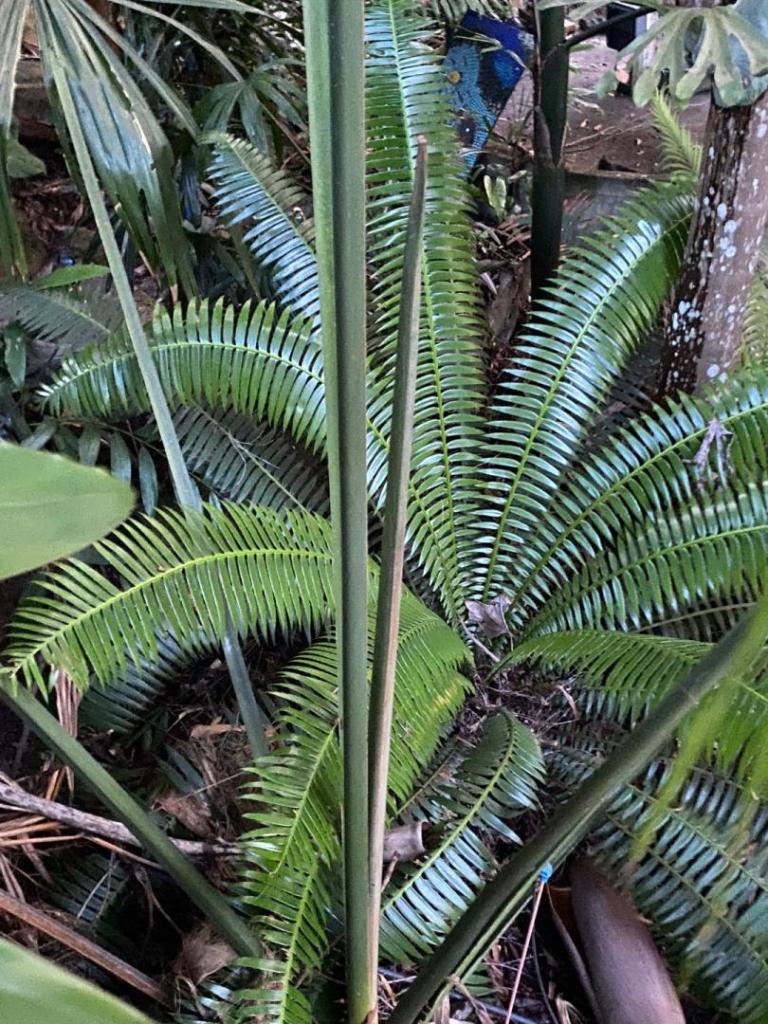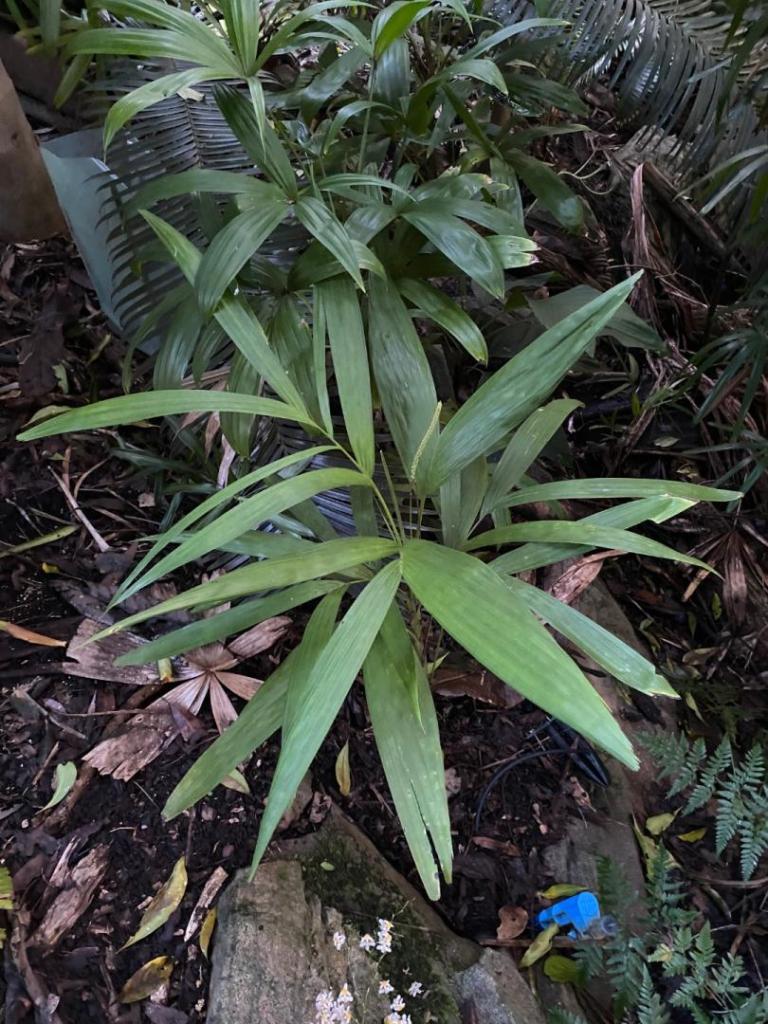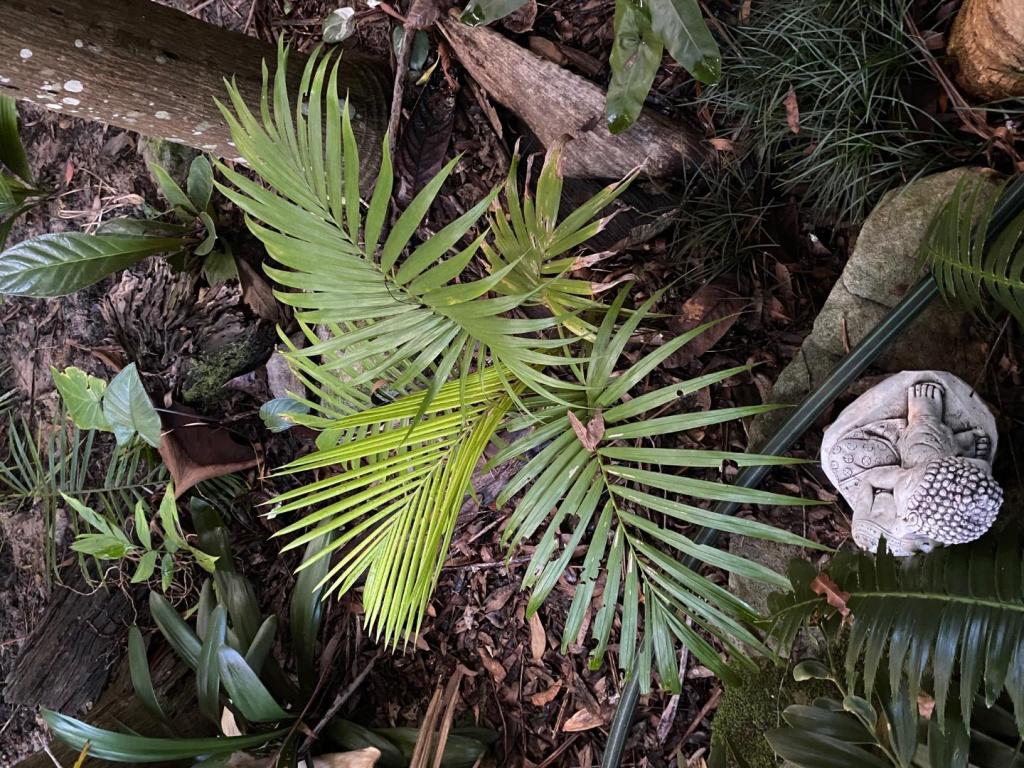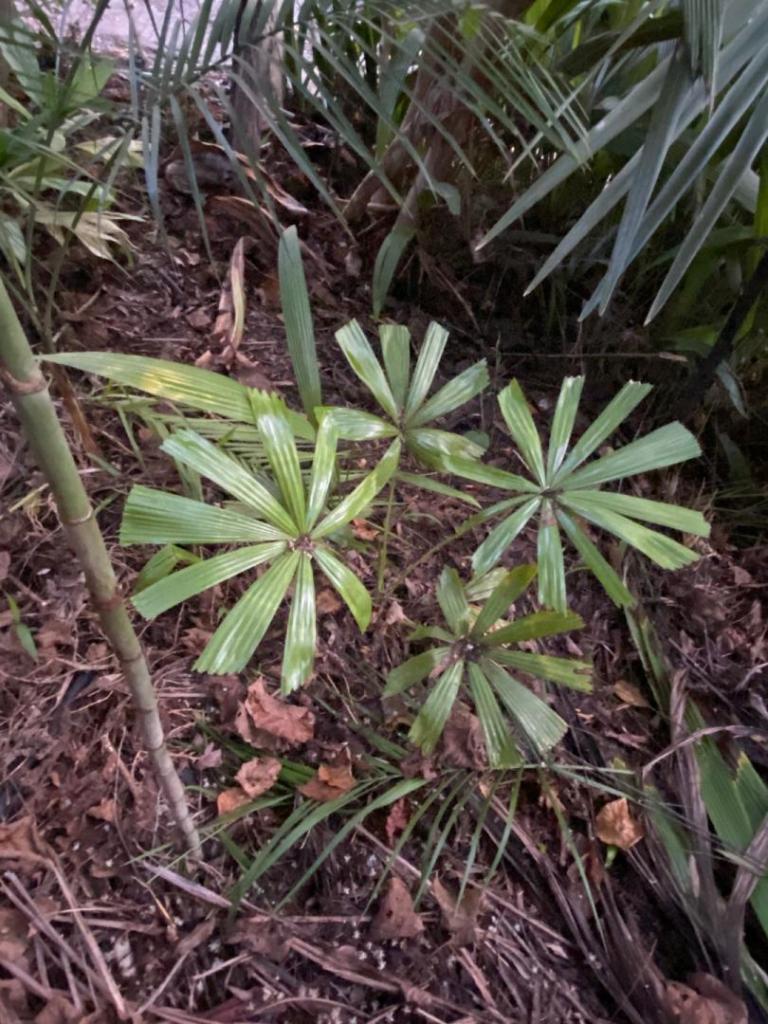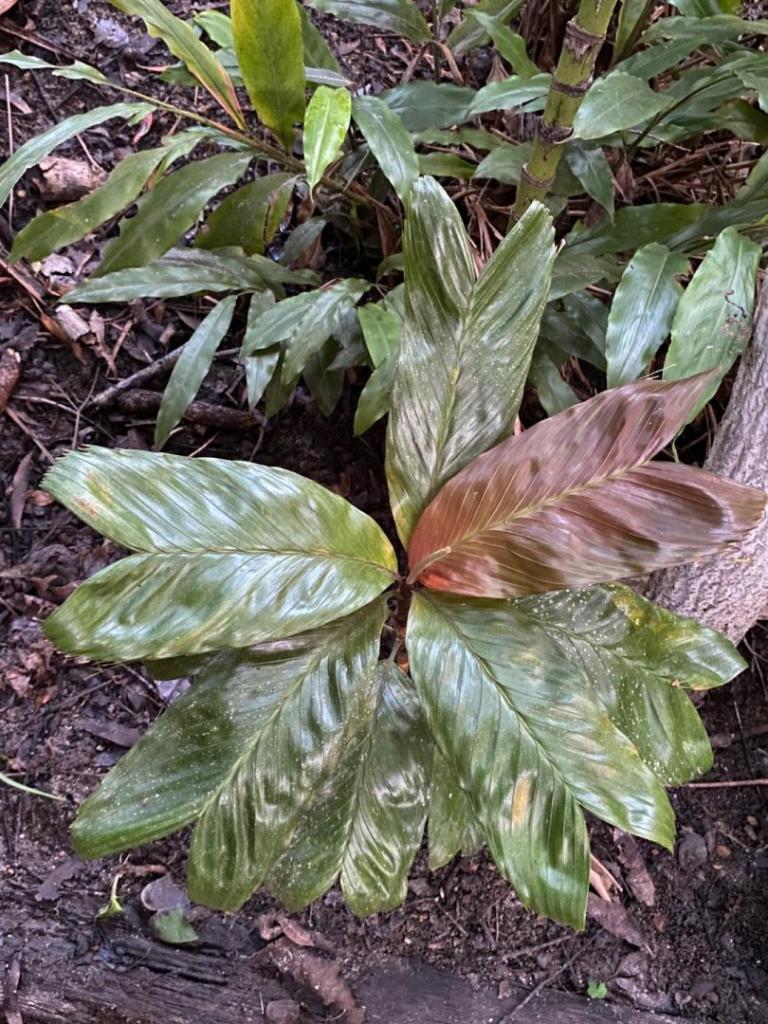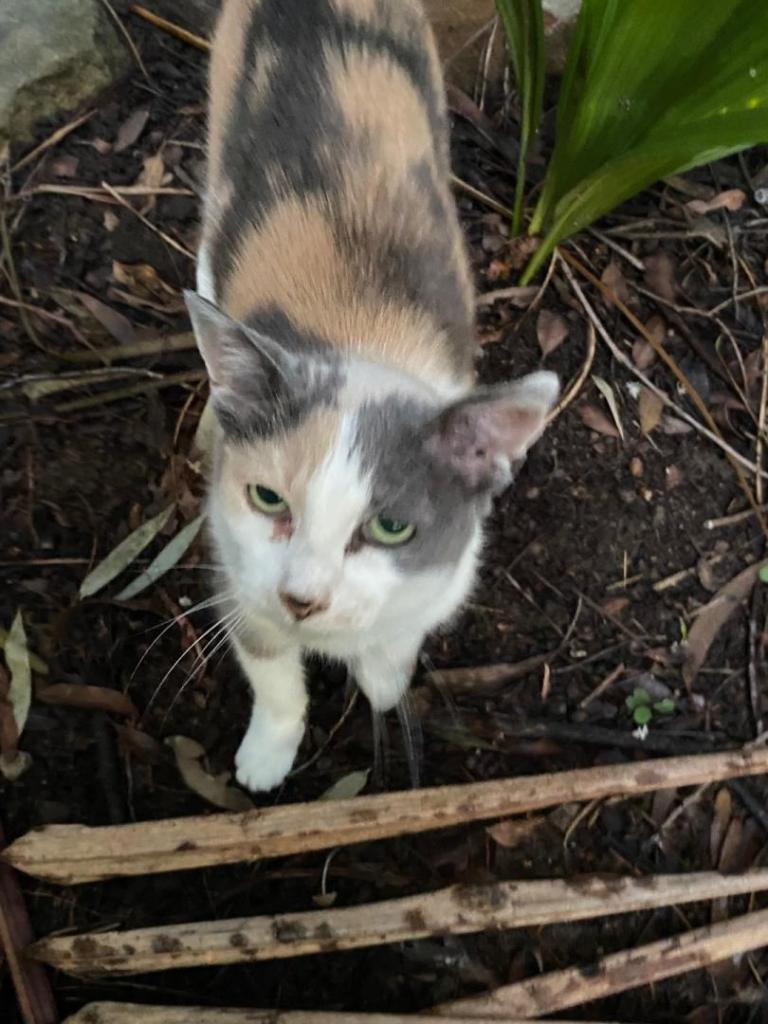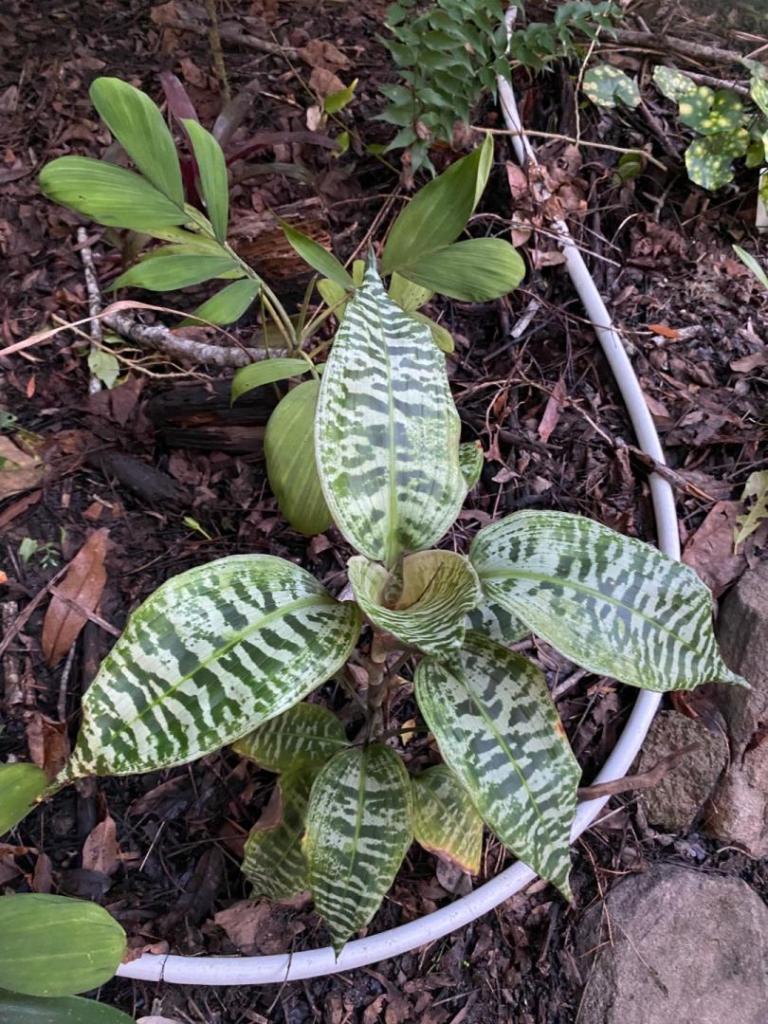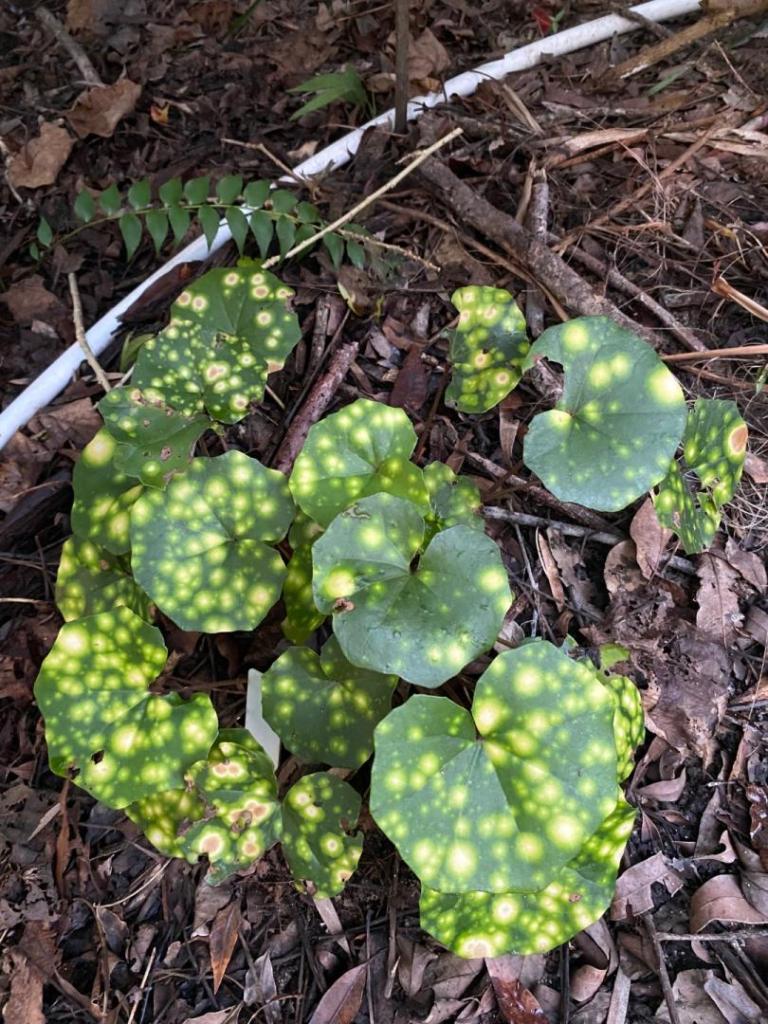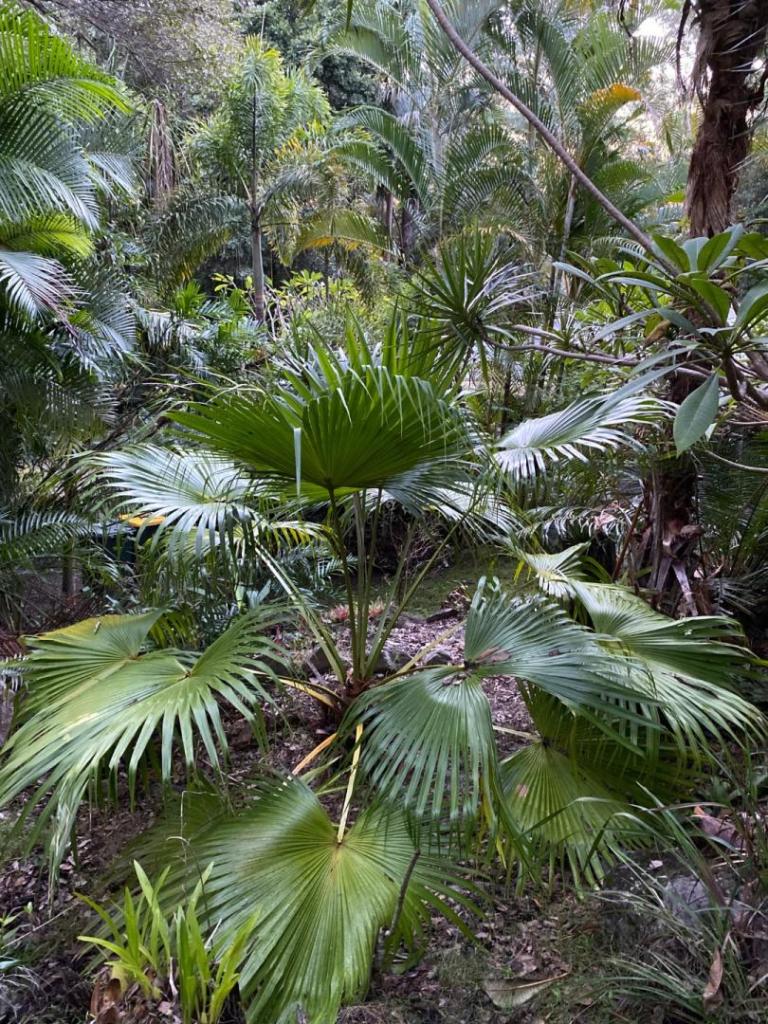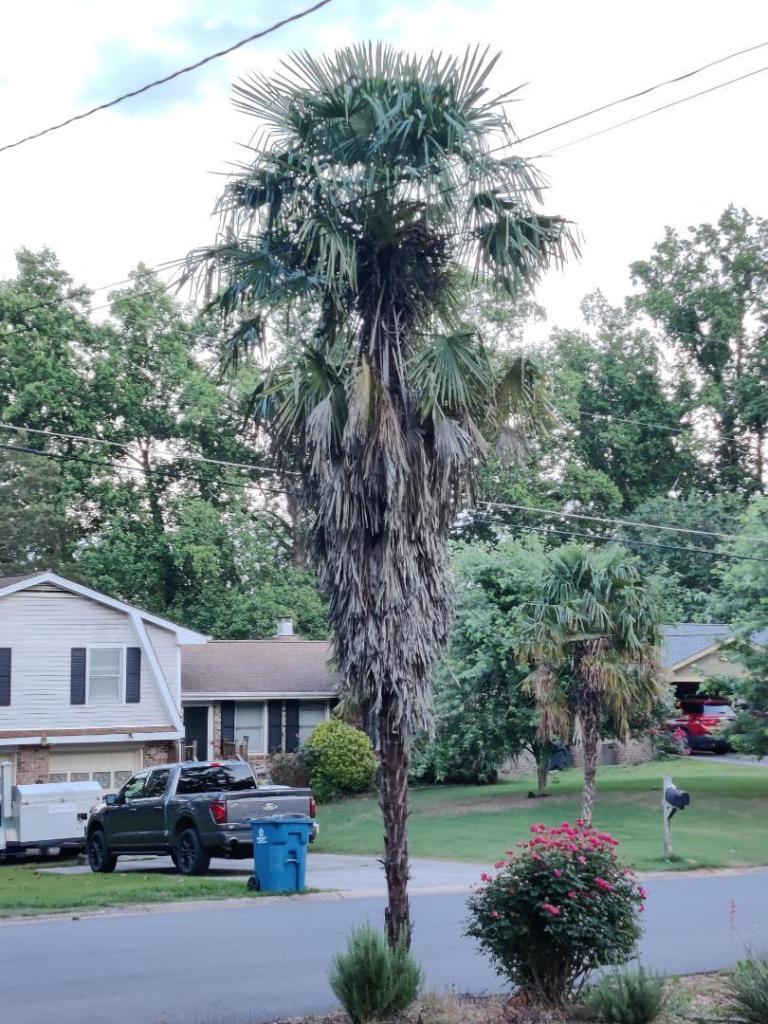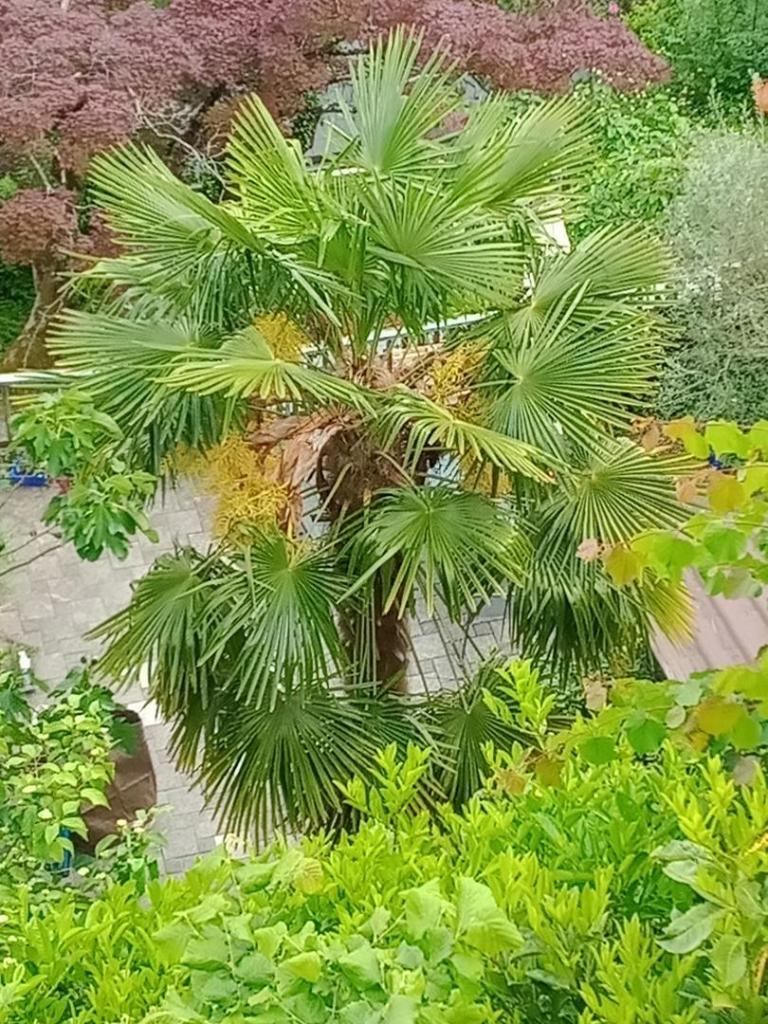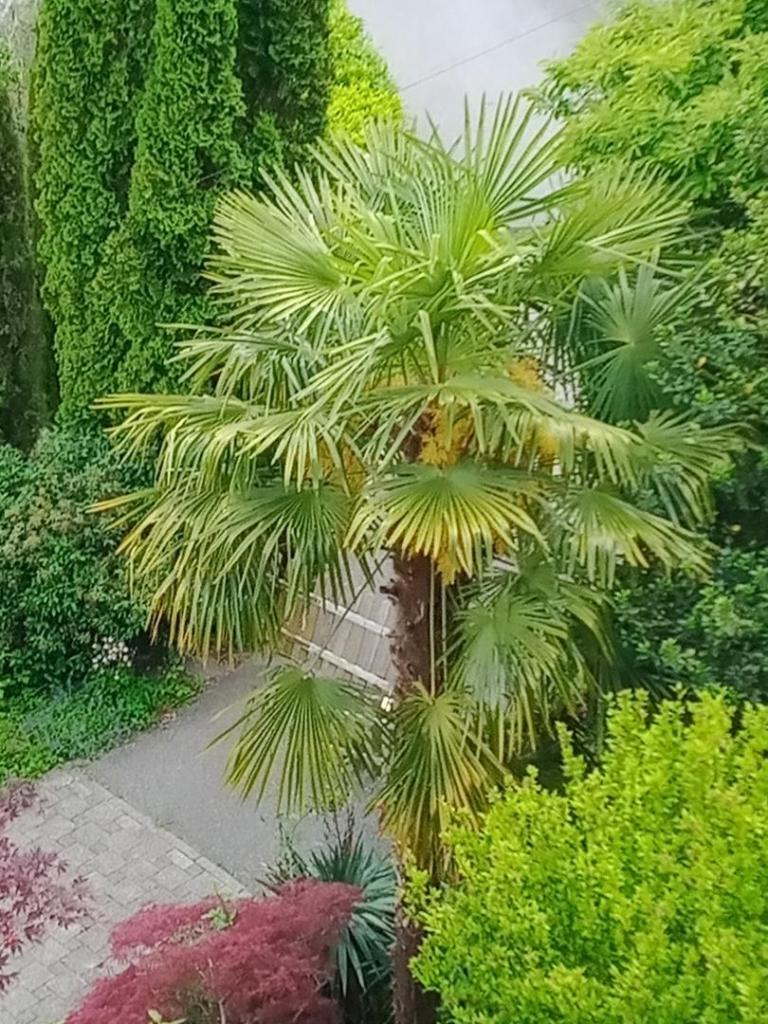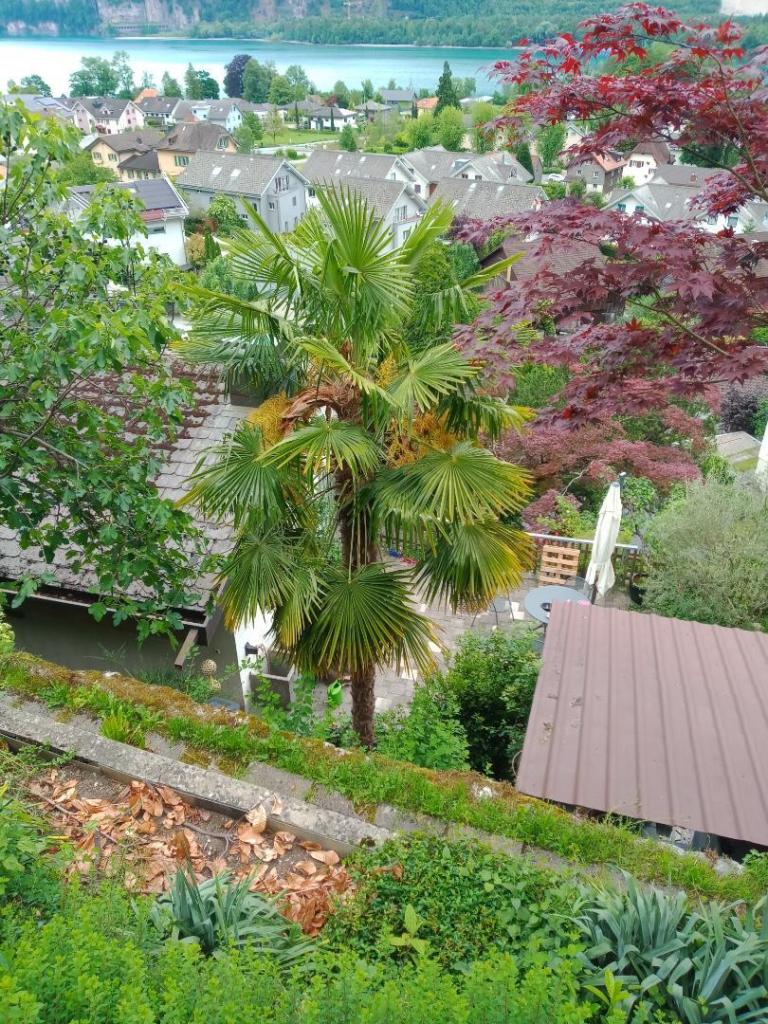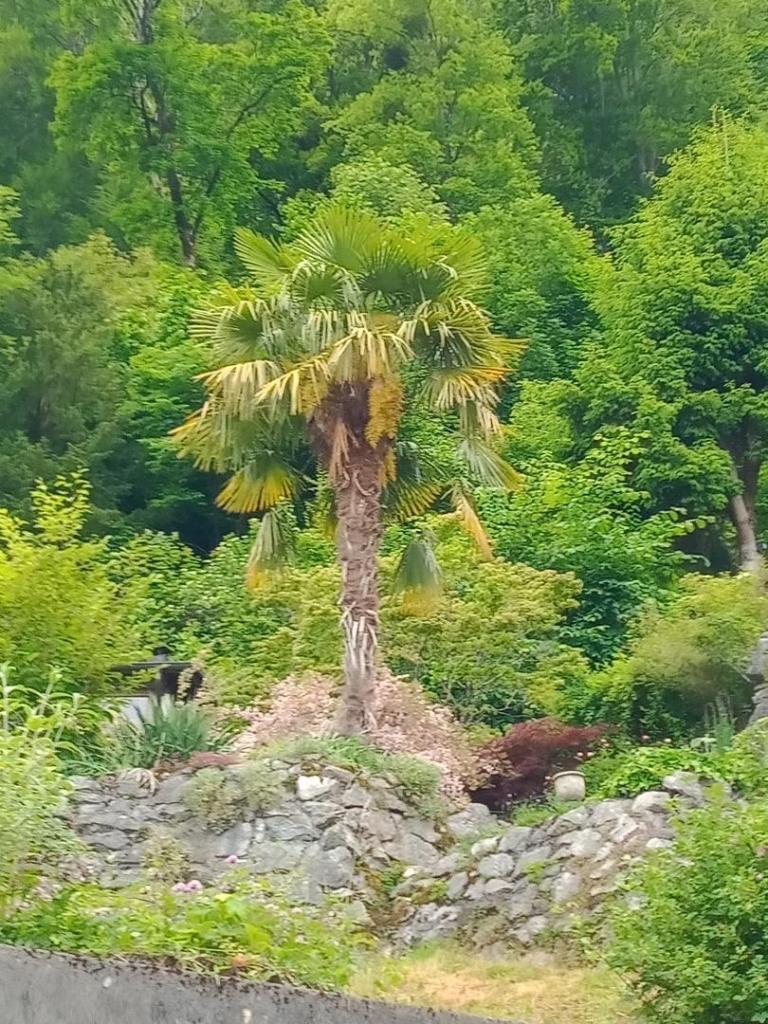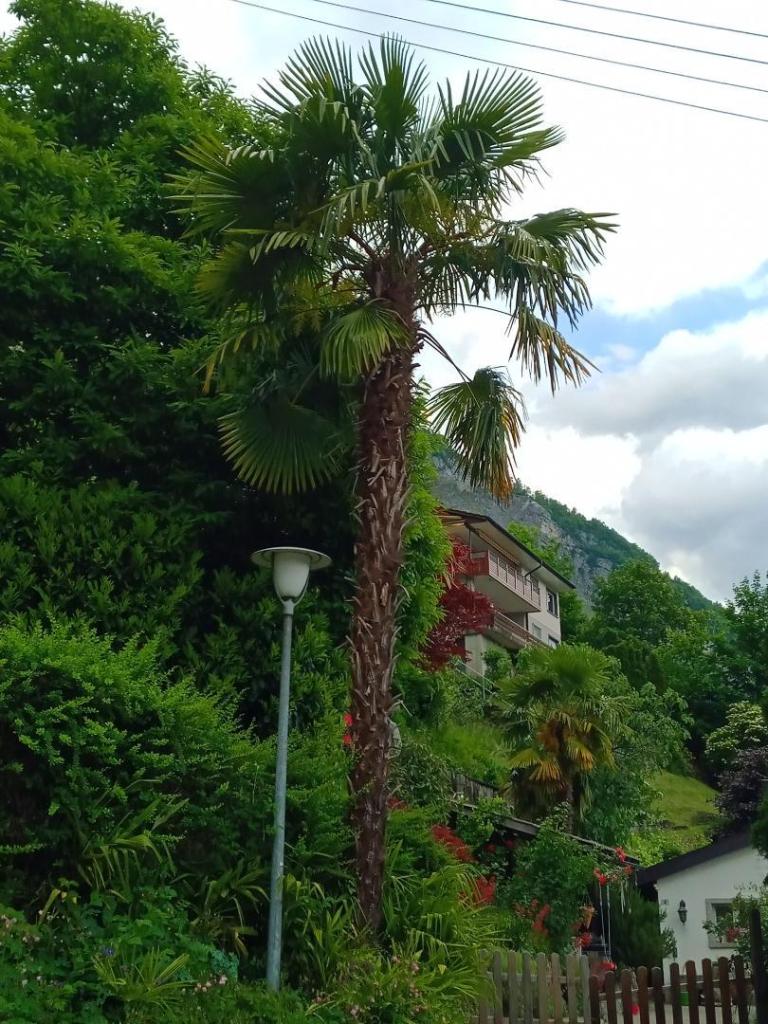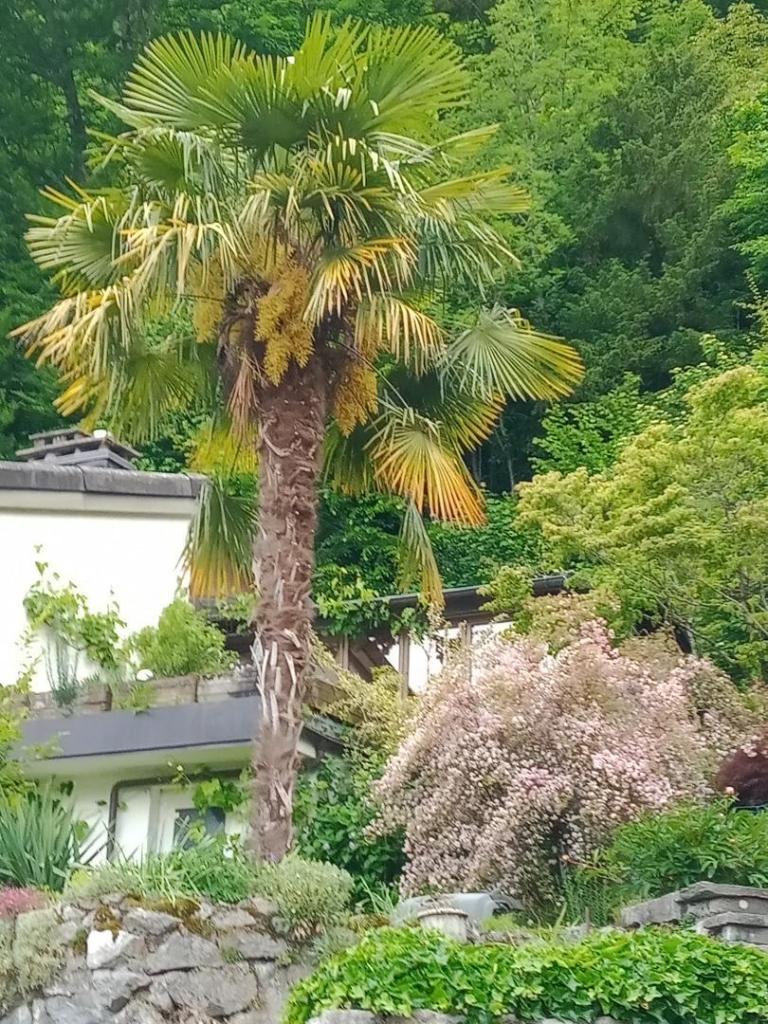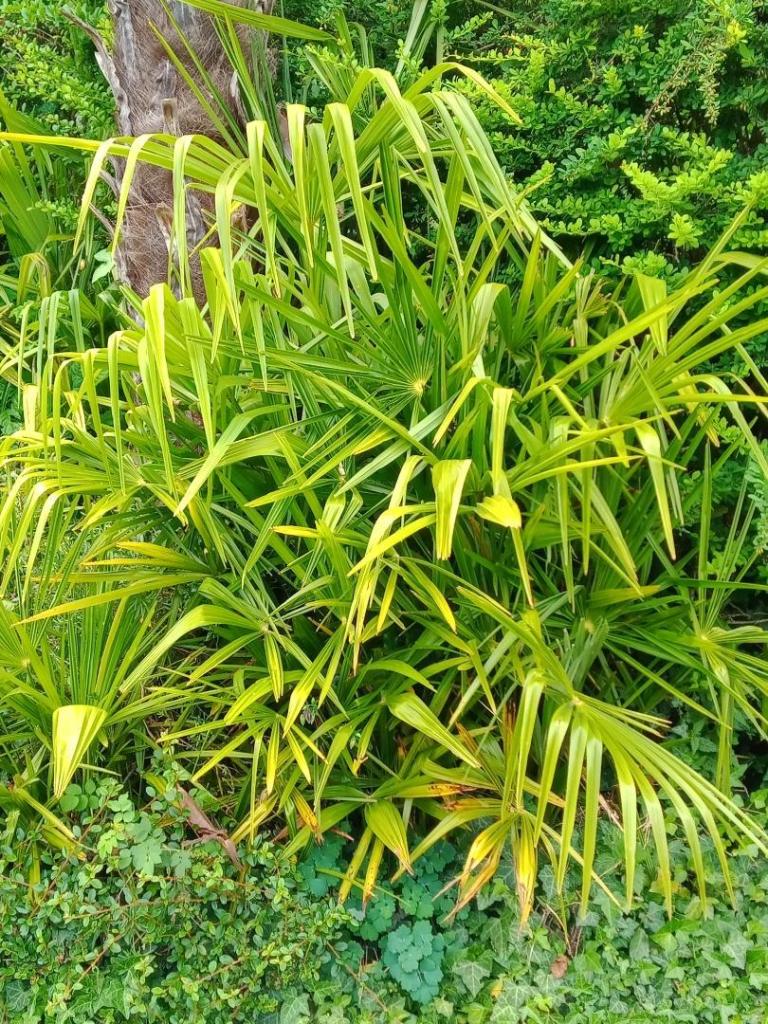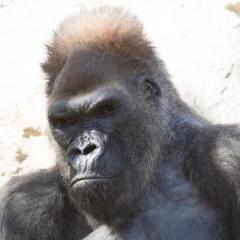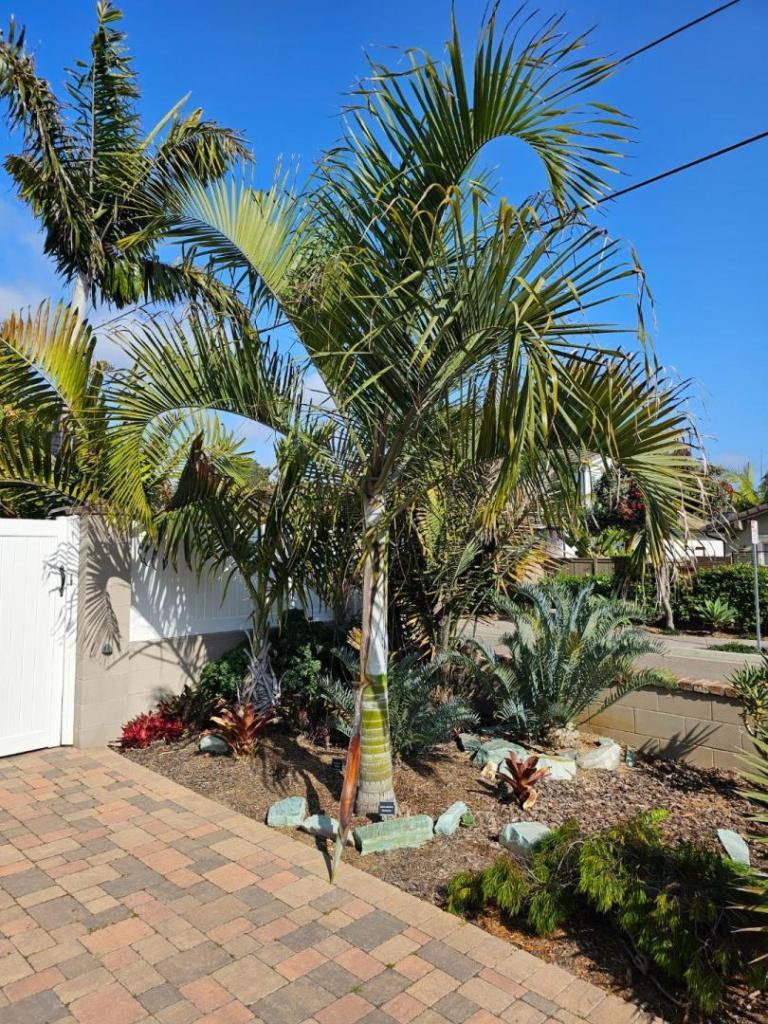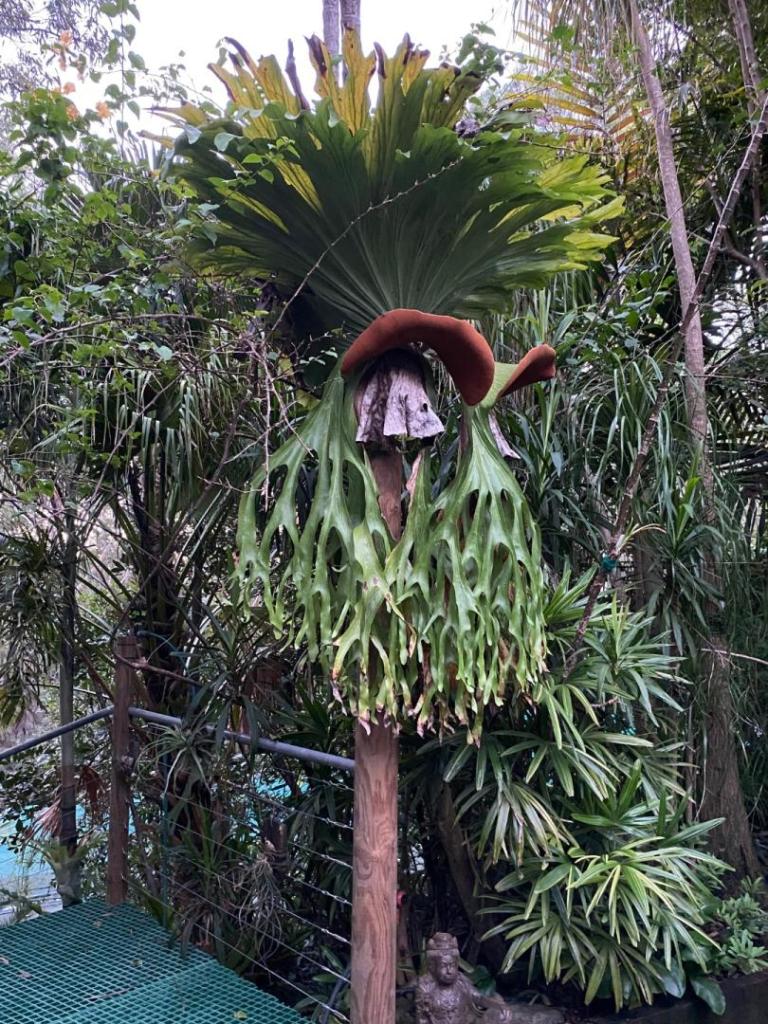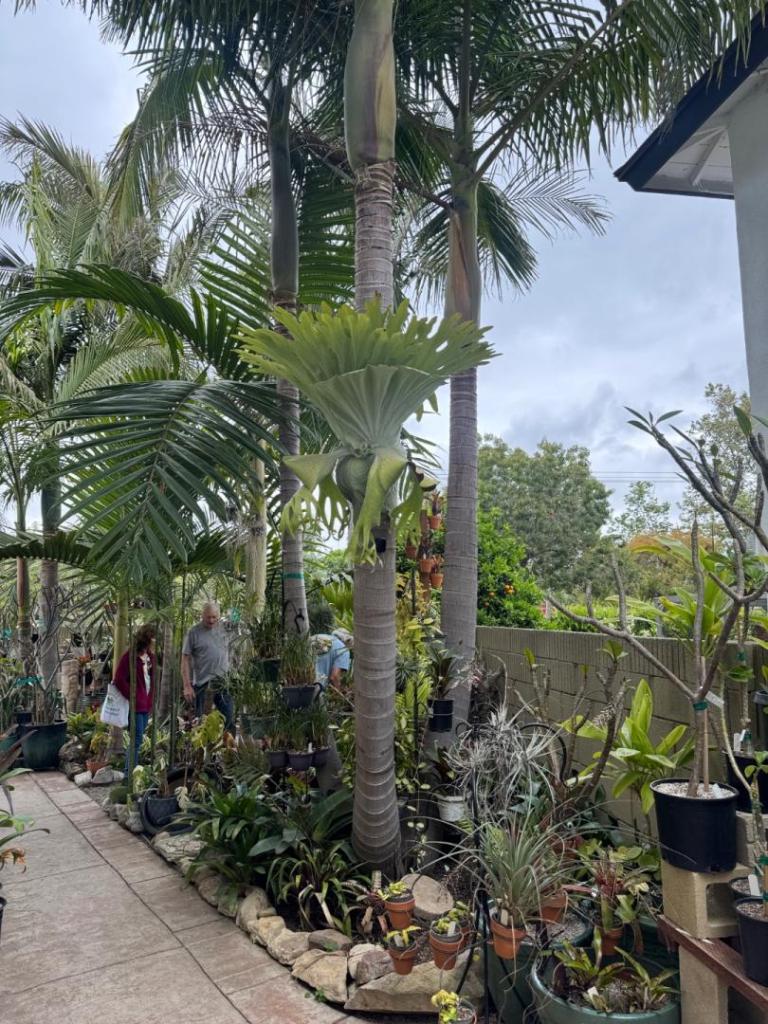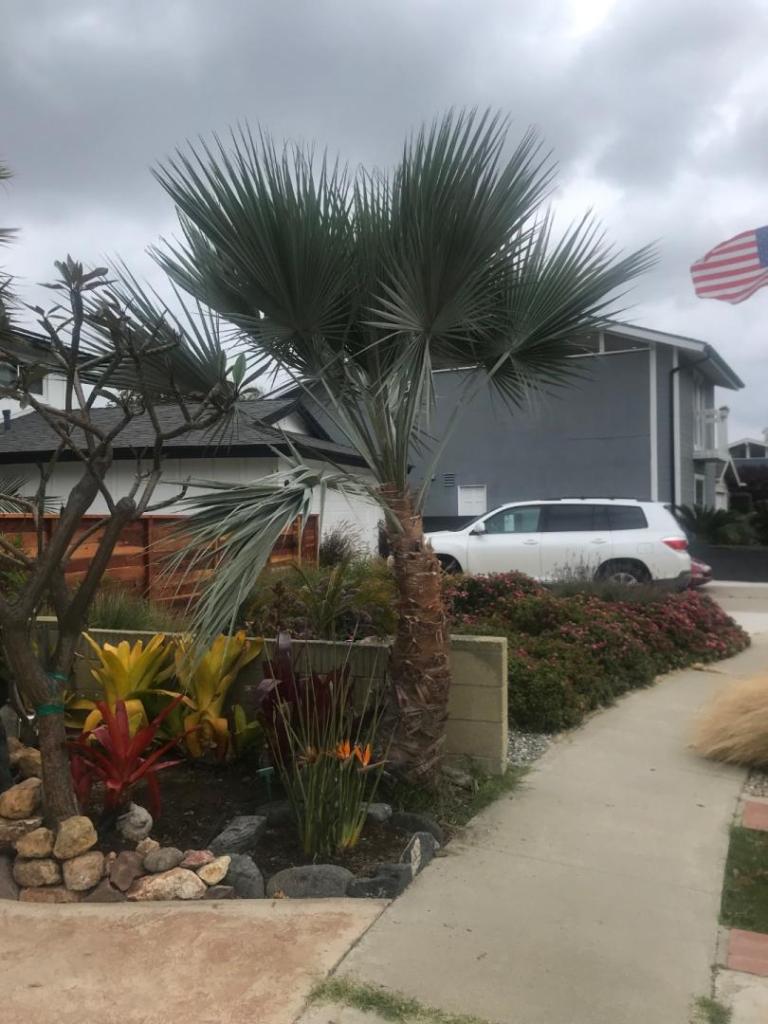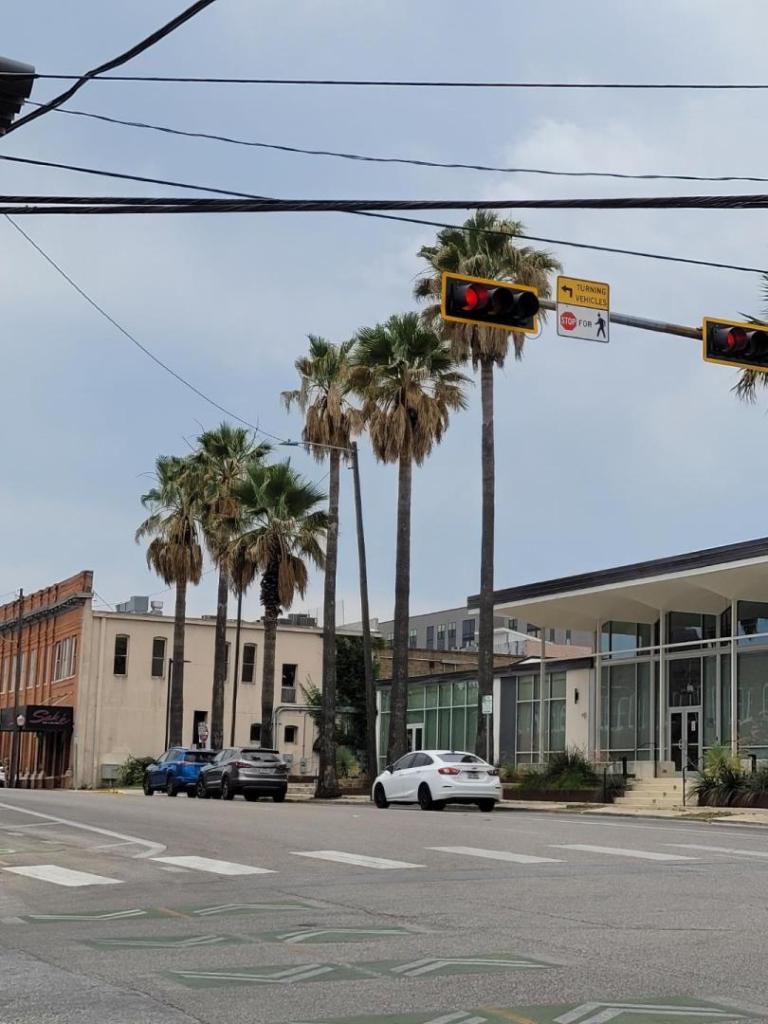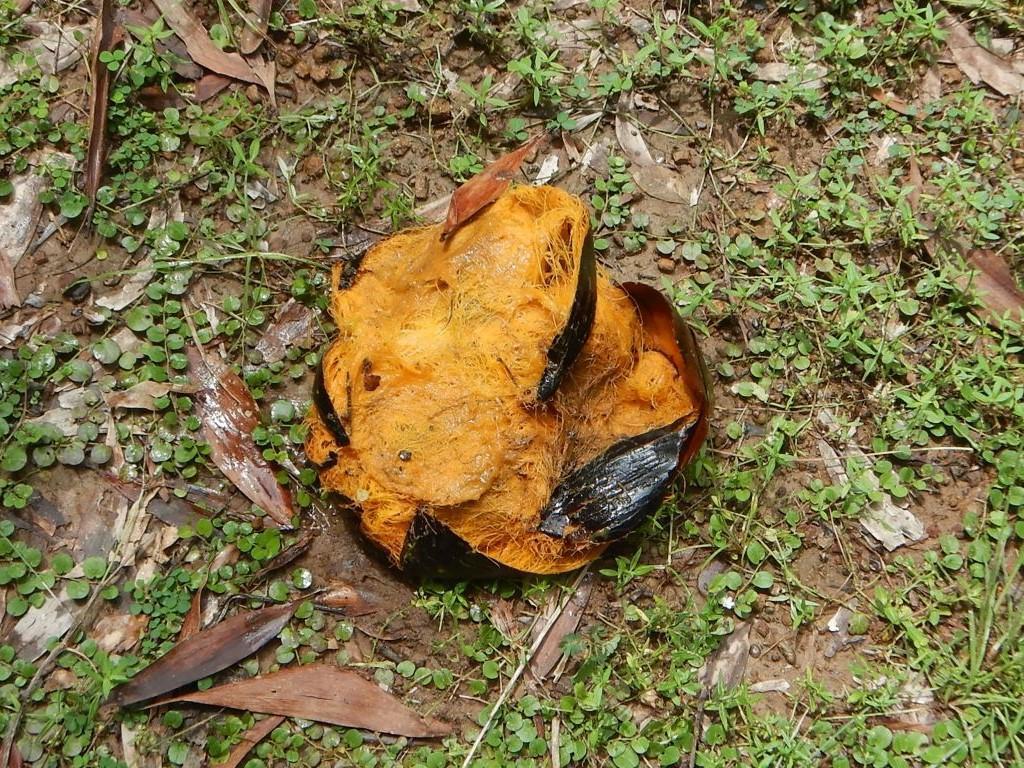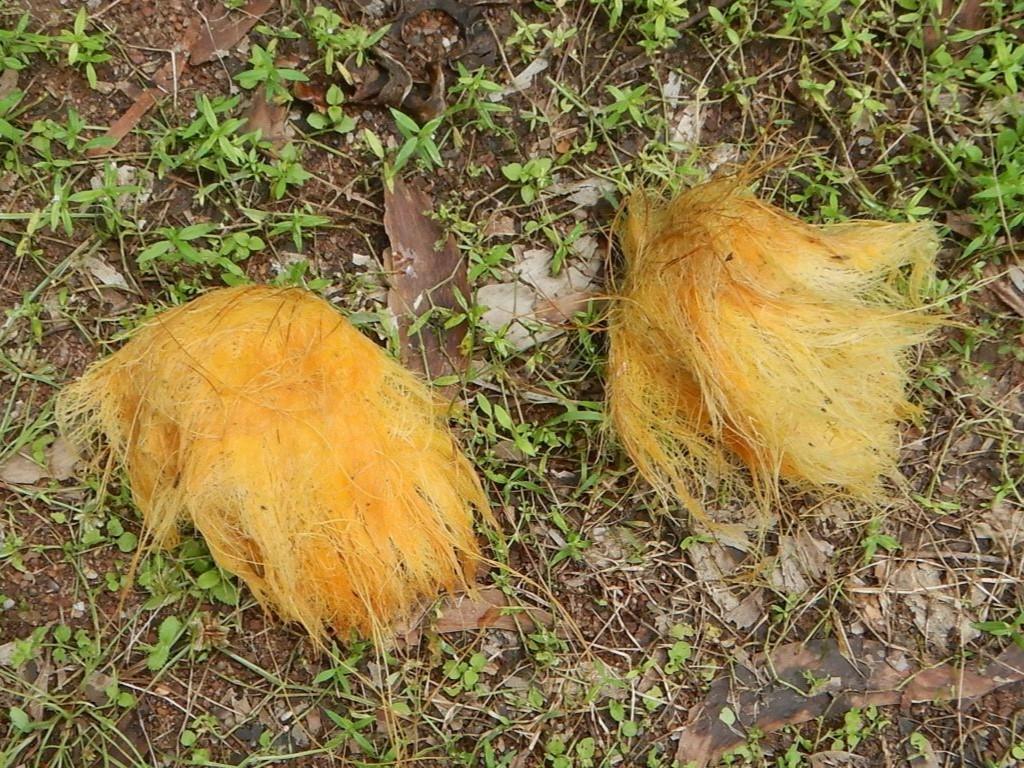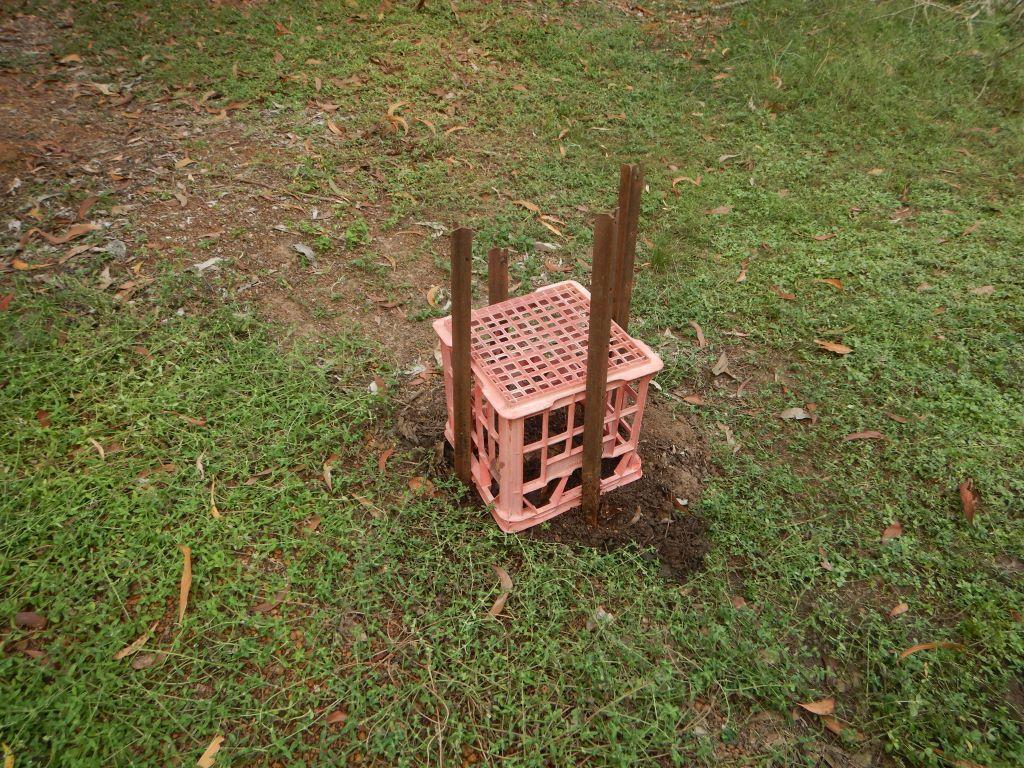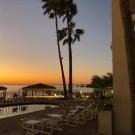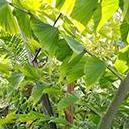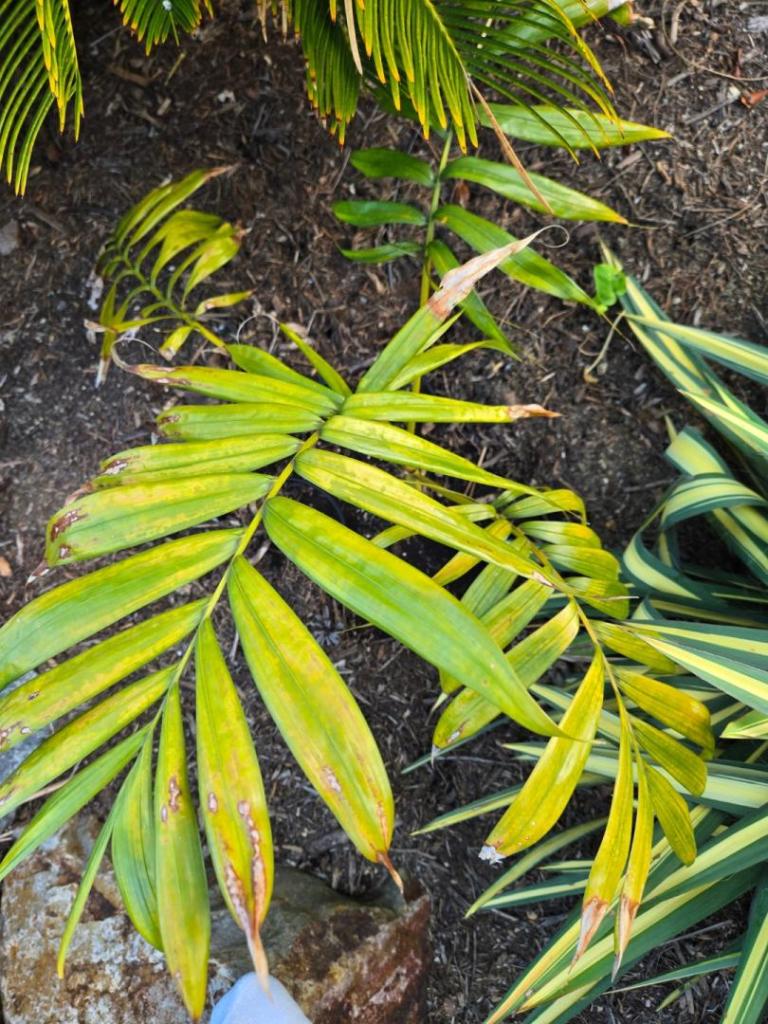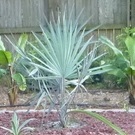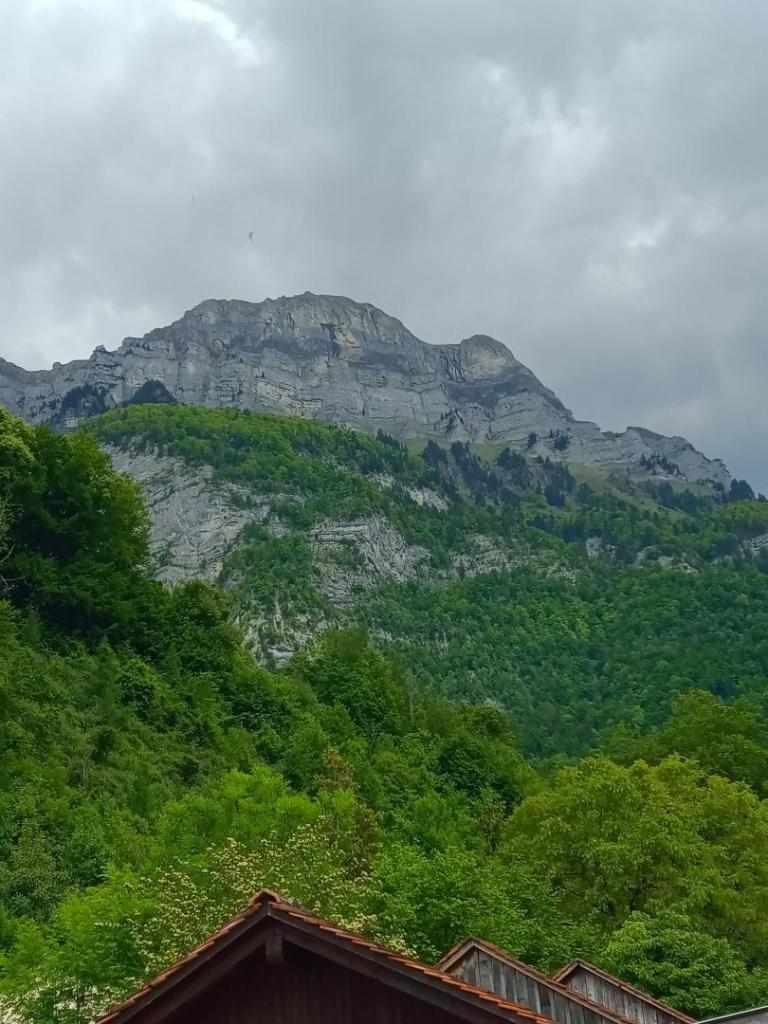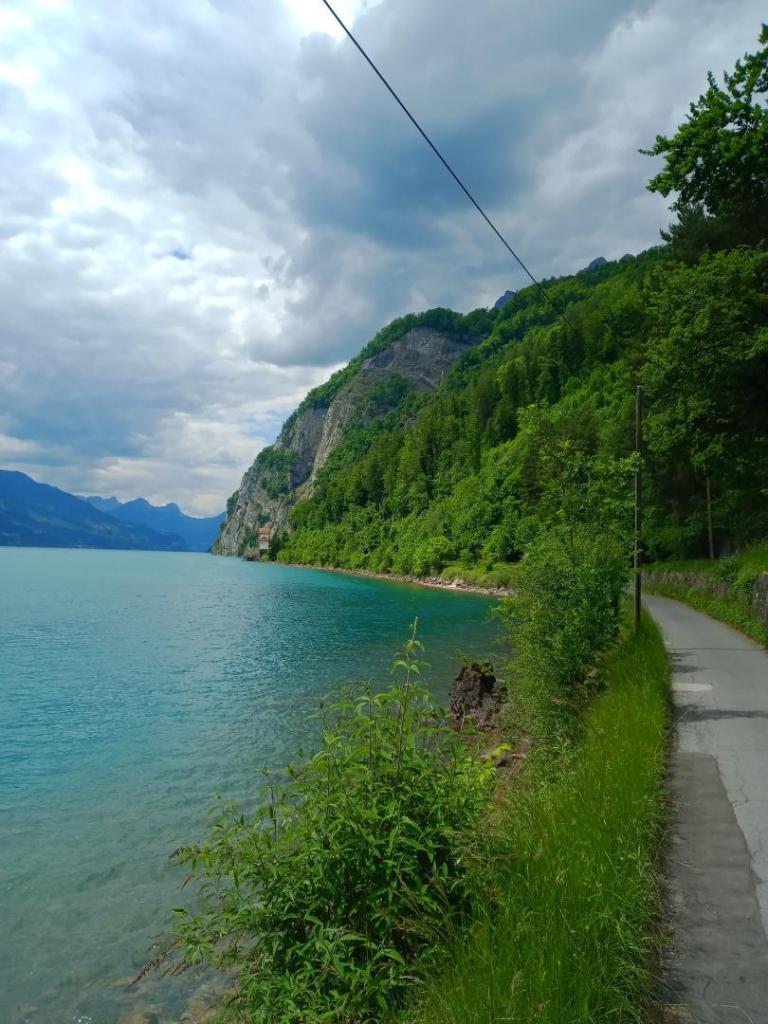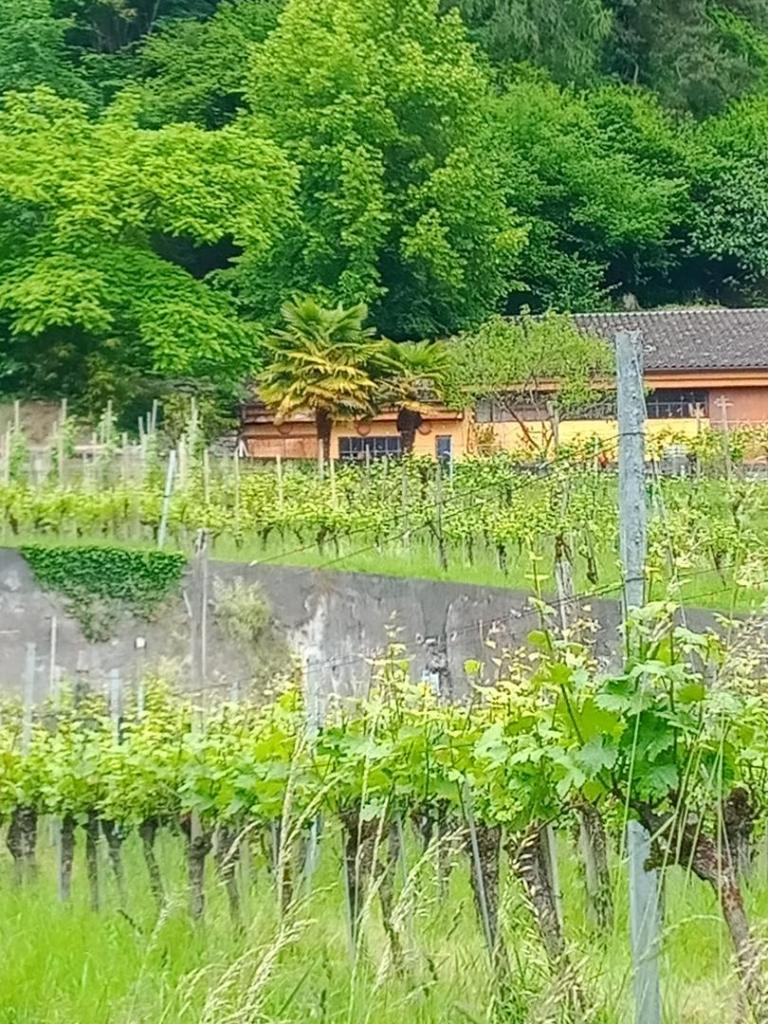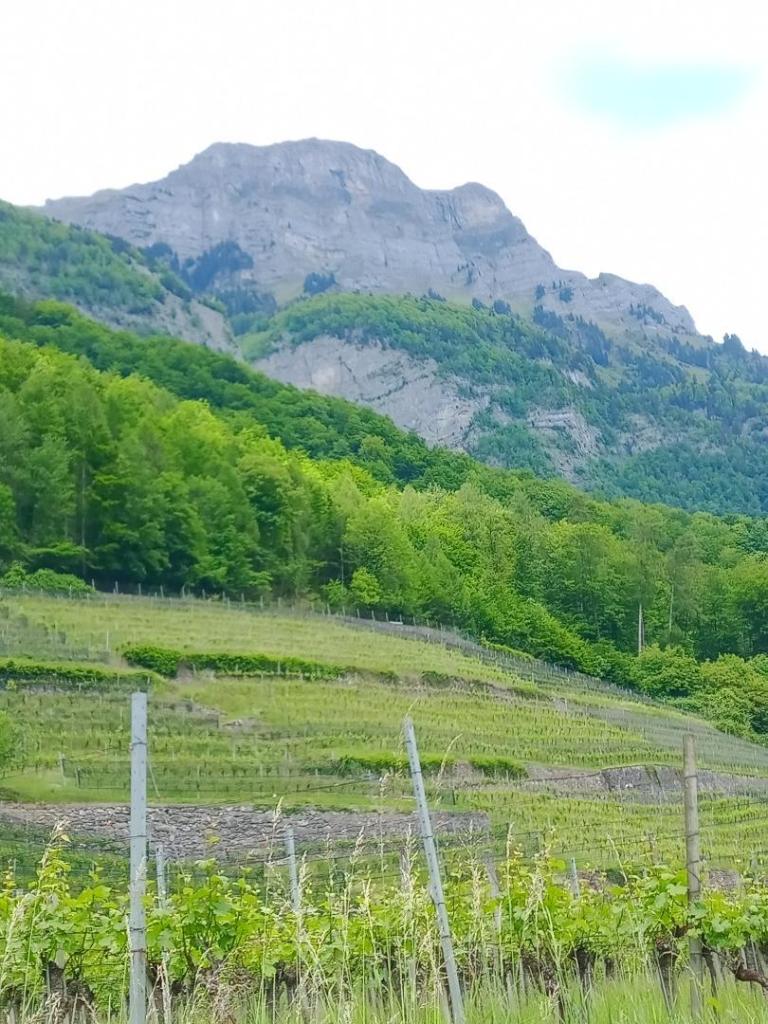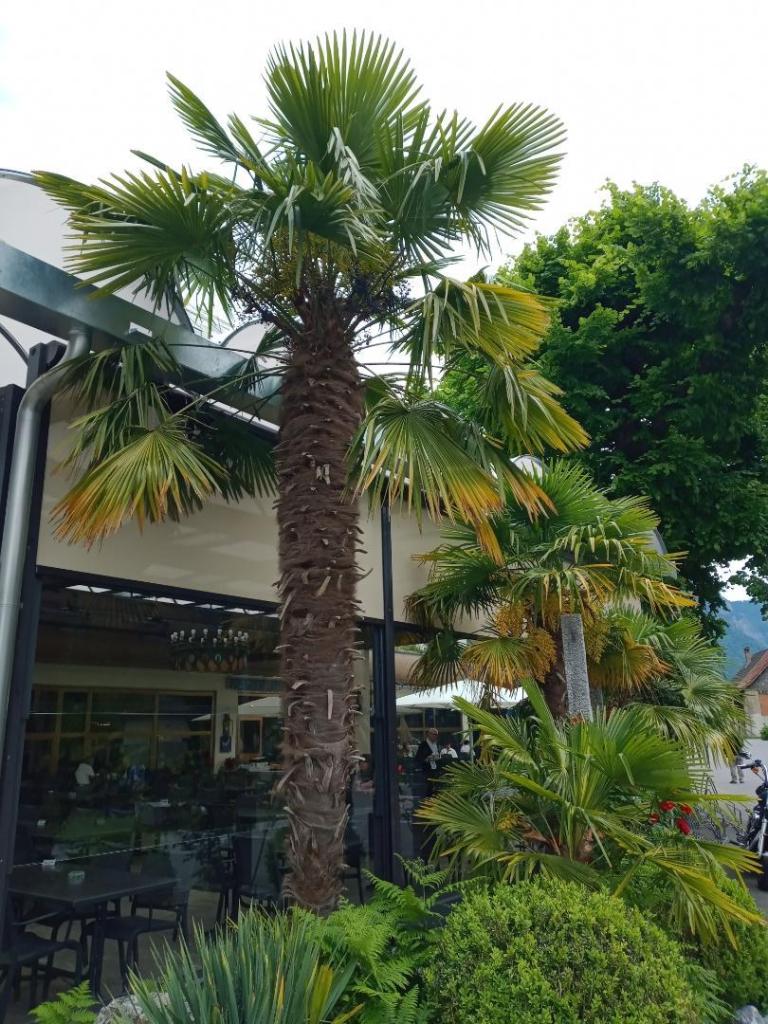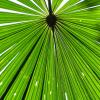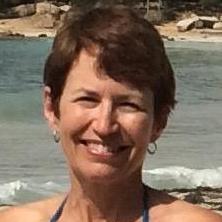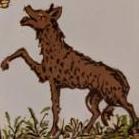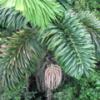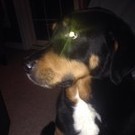Leaderboard
Popular Content
Showing content with the highest reputation on 05/19/2025 in all areas
-
The good old atrovirens. A landscapers delight, so easy to work with tolerant of all sorts of abuse, and will still look good. A palm that seems to take a back seat to its more ornamentaly desired cousin. But when it’s at its best after a good drink then it shines its beauty hands down. A true winner in any collection from a collectors point of view.!7 points
-
6 points
-
6 points
-
5 points
-
4 points
-
Your palm is sulking, often some palms sulk after planting from a container. You’re doing nothing wrong. And by the sound of you grow schedule your onto. Your palm will could sulk for twelve months or less give it time and in 20 years time you will have a beautiful palm. I should know I did the same as you plant hookerii palms. So the only thing I can suggest for your palm problem is plant more palms that will fix it!4 points
-
I initially had hopes for a flower spathe that was emerging from below the retained leaf sheaths on my Chrysalidocarpus ambositrae. As time passed it just wasn't pushing but the sheath came off the leaf holding it in several days ago. It didn't look good. This morning the spathe was dangling by a thread, soon to fall off. Progress from last August but not enough.4 points
-
4 points
-
The only picture I took regrettably was at Kenny’s house showing his Platycerium Superbum mounted on one of his Archontophoenix. Kenny’s house was awesome and a testament to the fact you don’t need a huge property to have an amazing garden! Don’t know Kenny’s name here on PT or would have tagged -dale .4 points
-
4 points
-
4 points
-
4 points
-
My container hookeri's and macrocarpas burn in sun, never was able to stop it. Once in the ground the hookeri's seem more sun tolerant no doubt. Ideally these want to be wet and they like humidity. Its early int he growing season for you there, they should perk up as it warms. I might water 3x a week and for 40 mins just to be sure they are getting good and wet. I watered in mostly clay soils 3x a week in arizona for all my palms. 2x a week wasnt enough. ANd in clay the longer you water the deeper the wet spot. Faster watering tends to go sideways more. If deep root development is your goal(it should be), water longer with your drippers. If your drainage is decent 3x a week and double the duration would be a good first step. Looks like it in the 50's at night there and mid 70s in the day, just the start of the growing season. Keep them well watered and let the weather do the rest. I used to put overhead netting on a lot of wet loving palms just after planting when I lived in arizona. I'd leave it on one summer then take it off. The roots establish and that is part of what helps against sun burn. A slower acclimation to sun over this year would leave you with more growth next year I think.3 points
-
3 points
-
3 points
-
3 points
-
Interesting , I think @happypalms is right. I planted a Pyroformis last year and it is the only palm that kind of struggled even though it was very healthy and planted in the perfect spot, under my large Macrocarpa. It is now almost a year later and it is pushing a new spear . I guess I just needed to be patient. Harry3 points
-
One month update: Put it on the same irrigation schedule as my other palms. Twice a week. Just a tiny bit of fertilizer also. No new damage from the transport (thanks to the excellent packaging by aztropic). new spear has emerged! I could not find this spear from earlier pictures so I am very excited. Will be tracking it from now on. next update is after the rainy and hurricane season where it will be really tested. Next update in about 6 months3 points
-
Please do! My home is one of the gardens you will be visiting on Anastasia Island. Look forward to meeting you!3 points
-
3 points
-
Recently got a Borassus flabellifer fruit. When they're ripe they really stink, probably fermentation. Inside, after extensive washing, there were two large very hairy seeds. Wonder if they're related to Cousin Itt? Checking online for the best way to grow the seed and where to plant them for optimum growth I found conflicting information. Palmpedia said to plant the seed direct in the ground as they resent root disturbance. They went on: "Hot, sunny, well drained position. Drought tolerant, cold sensitive." Then their photos show them growing beside rice paddys, hardly what you'd call "well drained". Another photo showed them growing inundated on flat land. In the same article it said "common in coastal areas with sandy or alluvial soils and in areas with permanent soil moisture such as flood plains and river valleys."3 points
-
Sitting in a pot the seeds rapidly started to produce long tap roots. Had to move them into the ground before they became too long and brittle. One is out where it'll get a lot of sun most of the day. The other will have more morning sun and less during the afternoon. Be interesting to see how this affects their growth rates. They're covered to protect them from marauding mobs of Wallabies.3 points
-
3 points
-
Bought a lil gizmo Chambeyronia hookeri in a 5g. Planted in April, it's been somewhat a lackluster take off. Here's what I've done: > Planted in morning sun only, shade in afternoon. > Palm and Cactus mix for planting soil. Light peppering of Palm Plus. > Watering schedule - 2 days a week, 20min drip ea day, one sprayer and two 2 GPH emitters close to the root ball and under canopy. > In late April I began using a Vit B (Superthrive) + water bucket treatment (pin hole in bucket slow release) for possible transplant shock. Applied every 7 days, three treatments so far. > In May, I added some used coffee grounds as soil topping (nitrogen). The good news – there appears to be a new spear that is slowly getting taller. Very slowly. It was a nub when it was first in the 5g pot. Maybe just my hunch, but sense the Vit B treatments are helping. Questions - > Leaves are not a darker green, but a light green with burnt ends. > Is it getting too much water at this stage? > Overdoing it with the Vit B hits every 7 days? > What else might help? Thank you for reading and guidance!2 points
-
@JohnAndSancho has got his priorities right. Palms and football, living the dream!2 points
-
@CrystalC welcome to Palmtalk! As happypalms mentioned, usually ants are not a problem for palms. Florida has "Carpenter ants" but they aren't the house-eating type that live up North. They tend to nest in old leaf boots because they like the moisture, but don't actually destroy anything. Smaller ants are usually attracted by some kind of prey, or might have just chosen to make a nest there: Ants are known to "farm" aphids and other leaf-sucking insects. They've been observed picking them up and carrying them around to other plants and other areas on a plant. They like the honeydew sugary secretions from aphids. So if you see "black mold" spots or a bunch of ants running up and down the trunk, it might be a sign of some other bug infestation. If that's the case then treat the palm (surface or systemic depending on severity and height of the palm) and use an ant bait like Amdro at the base of the palm. If they just chose to build a nest at the base of the palm, that is usually not a big deal. However they do move dirt away from the roots, so maybe an ant bait like Amdro is a good idea anyway. Otherwise I leave ants alone...except for fire ants. Those I bait relentlessly until they are dead and gone.2 points
-
2 points
-
@Christopher Dillman I'd guess it's mostly acclimatizing to the sun. The splotchy dead spots and the reddish streaks look a lot like sunburn to me. And the darker green frond that's off to the right in the top photo looks like it has more shade from the Revoluta above it. That's just a guess. When I tried Chamberyonia in nearly full sun they were getting a 1gph dripper 40 minutes per day. They acclimatized pretty quickly. My sandy soil here drains really fast. If you are on clay the water you are giving it might be enough. But dead tips on the leaves is a common sign of too little water, so maybe add a bit more until it roots in?2 points
-
2 points
-
2 points
-
@JohnAndSancho who needs TV when you live in a living room jungle ? 😂 Very nice specimen , if I see one that is a single , I will get it . Harry2 points
-
I just planted one of these on my hill . I really struggled with where to plant it . In the shade where it would look its best , or in the sun where I could see it without walking down the hill. I ended up putting it in the sun where I could enjoy it from our deck. Harry I ended up breaking the pot to get it out because it had rooted through the bottom hole and I didn’t want to disturb the roots . Mine had quite a heel on it which I read is fairly normal on these . Also a nice faint silvery patina under the leaf. Harry2 points
-
Trachycarpus palms are dioecious. The plant is either male or female. You will need an artist's brush and a baggie to collect pollen from a male. Then apply the pollen with the brush to the female. I generally see 4 males per female. If you have only the latter, you should plant a couple more as they would likely be male.2 points
-
2 points
-
2 points
-
2 points
-
2 points
-
Funny you updated this thread because I just found one of these at a nursery today and bought it. Have wanted one for a while. Would be cool if it would hybridize with the locally native Cordia boisseri.2 points
-
Yes and no, is there scale on the palms and if so there is a symbiotic relationship between the ants and scale, the ants farm the scale and in return they eat the sugary sap that the scale produces. Is it really wet or raining a lot you will see more any activities prior to big wet events and during they are heading for higher ground to get away from the wet. Was there a dead insect that they were feeding on. If there is scale you will need to do something about that to get rid of the ants black sooty mould forms blocking the plant’s ability to photosynthesis and blocking the stomata reducing the plant’s ability to breath. Also the scale sucks the sap. It could be you planted the palms on or near the nest so nothing really to worry about unless you see signs of scale.2 points
-
2 points
-
Socratea and Iriartea are also good growers for me in the mountains of PR. Actually I like most any palms with stilts AND the rhino beetles don’t seem to find them nearly as tasty as so many others. Thanks for the photos!2 points
-
James, your Dudleya IDs seem correct to me based upon appearance and natural range. Dudleya virens ssp. hassei can appear somewhat similar to D edulis, but it doesn't naturally occur on the mainland. When open, D edulis flowers look like this: D edulis is primarily insect pollinated. D pulverulenta is adapted to hummingbird pollination, but I would expect that bees and butterflies make some contribution as well. Great photos, thanks for sharing.2 points
-
Same here, ground is saturated and everything looks happy again. Tim2 points
-
Boy, you don’t see that everyday! Thanks Kim for the update. The Wallace Line, a fascinating, almost unbelievable observation by a hero of mine. Tim2 points
-
2 points
-
If they don’t know what it is, then how can they say how cold hardy it is? Likely Sabal mexicana.2 points
-
The trunk does look large in diameter for its height if it were anything I’m familiar with . I have a Sabal Riverside ( I think) could be Palmetto . It was grown from a seedling that was a gift from a collector who wasn’t sure which it was as the tags got mixed up or misplaced. It has been in the ground over 25 years full sun the whole time . Harry ‘The trunk on this is over 6’ tall measured from the top side of the of the slope , bigger than it looks from up on my deck.2 points
-
Sounds like the chambeyronia are toast and the bottles. My chambeyronia take around 4 months without heat with the odd early one. Time to get some more seeds in, every one has his or her technique for germinating seeds but there are some standard proven methods. Time is the biggest factor the faster they germinate the better and less chance of things going wrong over time.2 points
-
If you have the option, sowing a just germinated seed direct into ground is probably the way to go as they do not like root disturbance. I disturbed mine when repotting, but they did not die, just set them back a bit. I have not planted any in the ground yet as I’ve only recently bought a property. Instead, I put a bottomless pot on top of another to provide a deep root run for the sinker (perhaps close to 50 cm deep in total). Once the seed naturally detached, I removed the top pot as the plumule starts quite far down (in the pot below). Concerning growing conditions, I’ve found they are faster in full sun with consistent irrigation. As I’m in a sub-tropical climate, I opted for a free draining mix to minimise risk of root rot in winter. You’d probably get away with a heavier medium up there. Most important for a Borassus to thrive is full sun and plenty of moisture. Tip: Strong scissors work great for cutting excess fibre off the seed.2 points
-
I see a lot of similarity in the palm I purchased and am growing as Dypsis now Chrysalidocarpus ambositrae. Mine dropped a leaf to expose its first attempt to produce an inflorescence this morning. It is a great looking mid-size palm. It's formal looking structure looks nice in that habitat photo where it really stands out.2 points














